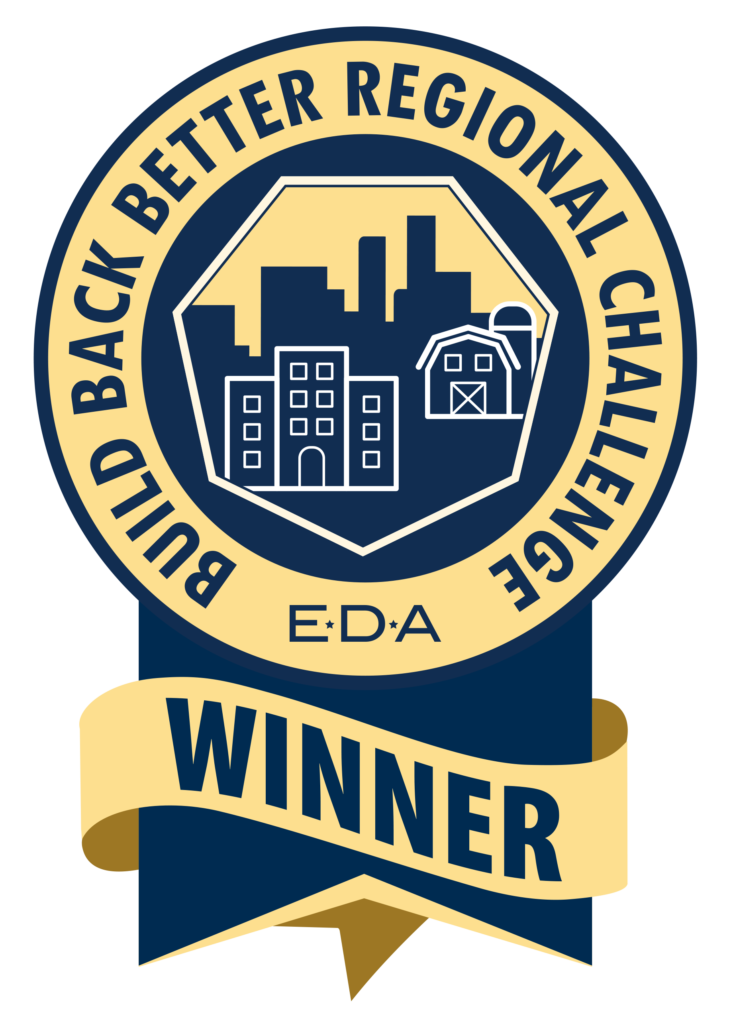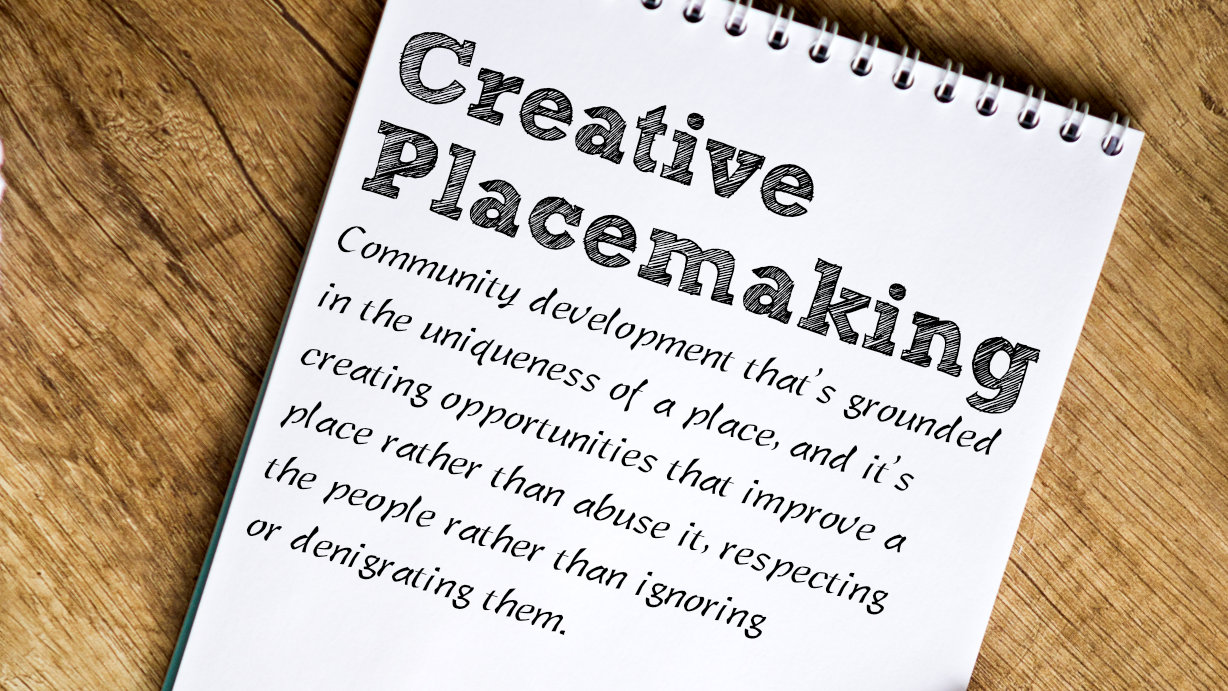That “3” in our model is very much place-based and creative. For all crew-members (some call them “trainees”), each day starts with a “Personal Development Journal.” The journal provides a structure for our crew members to go deeper on the themes for that month. Each month has a professional and personal theme. For example, this month’s professional theme is focus. So, there are shared experiences our crew members do together that enhance focus such as skeet shooting or a free-throw basketball competition. Each theme has a West Virginian associated with it who embodies the theme, so that we can learn our history, build pride, and show that amazing talent comes from right here in Almost Heaven. Importantly, these West Virginians represent a diverse array of race, gender, ethnicity, and class. The West Virginian for focus is Pearl S. Buck. The personal theme for August is “long-range-view decision making” and the West Virginian for that them is John Forbes Nash, pioneer of game theory. The shared experience is a chess tournament. Importantly, we’re continually looking to artists and creatives to add texture and form to these personal development efforts.
Ultimately, our personal development process culminates with an emphasis on citizenship. We have to care for ourselves before we can care for others, but it’s not all about us. How can we fully live in to our role as citizen, especially in small rural towns where our voice can be heard by just about everybody, but where we might feel overwhelmed by the challenges? We can start by simply caring. We can know our neighbor. We can work together to ensure children have a decent place to grow up. We can start new businesses, businesses that are accountable to community. We can support one another in living fully, looking to our culture and heritage for inspiration.
This piece is dedicated to Claude Karr, who is primarily responsible for the project described herein, and Brian Jackson who was born in Lincoln County, West Virginia, recently departed this earth, and told me during our last conversation of his desire to eventually make his way back to Lincoln County.


